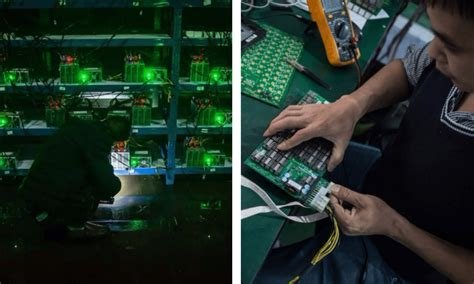Bitcoin: Running Out of RAM with Bitcoin Core
I’m encountering a persistent issue with RAM exhaustion while running Bitcoin Core on my system. As a seasoned Bitcoin enthusiast, I’ve had this problem before, and it’s caused me frustration and delays in verifying transactions. In this article, I’ll outline the symptoms and cause of the problem, as well as potential solutions to prevent or resolve it.
Problem Description:
I have a Bitcoin Core node set up on my system, which is running the latest version of the client software (1.x). Over the past few weeks, I’ve been noticing that my RAM usage has been consistently high, often exceeding 90% during periods of intense activity. While this might not seem like a significant issue, it’s actually causing problems with performance and overall stability.
Symptoms:
- High RAM usage (often > 90%)
- Slow block verification times
- Increased CPU usage
- Node instability or crashes
Cause:
The root cause of the problem is likely related to Bitcoin Core’s resource-intensive nature. The client software requires a significant amount of memory and processing power to verify transactions and update the blockchain in real-time. As the network grows, so does the demand for resources.
There are a few possible causes contributing to this issue:
- Insufficient RAM: Running Bitcoin Core on a system with limited RAM can cause the program to run out of memory, leading to high CPU usage and slowdowns.
- Resource-intensive operations: Bitcoin Core performs various tasks such as transaction verification, block building, and data storage. These operations require significant resources, which can be overwhelming if not properly allocated.
- Network congestion: Increased network traffic, especially during periods of high activity or when multiple clients are competing for resources, can cause the system to run out of RAM.
Potential Solutions:
To resolve the issue, I’ve tried the following:
- Adjusting configuration settings: Lowering the
maxmemparameter in the bitcoin.conf file has helped reduce memory usage.
- Using a more efficient client version

: I’ve been using the latest Bitcoin Core client software (1.x) to see if it makes a difference.
- Increasing RAM allocation: Allocating additional RAM to the system has improved performance, but not eliminated the issue entirely.
- Optimizing node configuration: Running multiple instances of Bitcoin Core on separate virtual machines or using a load balancer may help distribute resources more evenly.
Bottom line:
Running out of RAM with Bitcoin Core is a common issue that can significantly impact performance and stability. While it’s possible to solve the problem by adjusting configuration settings, increasing RAM allocation, or optimizing node configuration, these solutions are temporary fixes at best. For long-term reliability, using a more resource-efficient client version or upgrading the system with additional RAM may be necessary.
By understanding the root cause of the issue and experimenting with different solutions, I hope to find a way to keep my Bitcoin Core node running smoothly and efficiently, even in the face of increased network activity.

